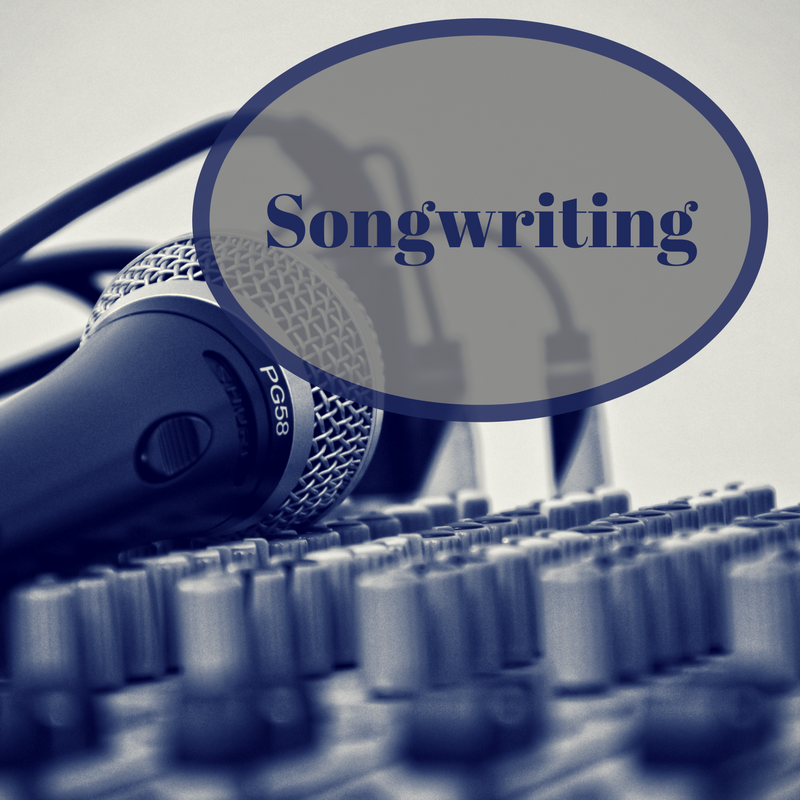
Avoiding Preachy Prose
Much young adult fiction today deals with contemporary issues and is a reflection of the times. Authors have important…
May 27, 2021
Much young adult fiction today deals with contemporary issues and is a reflection of the times. Authors have important…
May 27, 2021
Recently, I uploaded my latest screenplay to a screenwriting website for Hollywood producers and studios to view. I was…
March 4, 2021
The difference between filing your carefully edited pages on your computer and readers reading those pages, is marketing. Books…
December 18, 2020
Pilgrims travel to a martyr’s shrine, swapping stories on their journey to pass the time. The freshly installed tenant…
November 13, 2020
One of the biggest problems most people with brain injuries experience is problems with attention / concentration. Sometimes it…
August 29, 2019
Last week I was at a Christian writers conference. It’s one of the key places where you can build…
July 13, 2018
If you have been following my articles on songwriting, perhaps you’re ready to write your first song. There are…
June 3, 2018
We writers love our protagonists. We give them a few flaws and quirks, but we know that underneath their…
December 19, 2016
Setting is far more than the backdrop of a novel. It’s the environment that breathes life into a story. It…
June 19, 2016
I fell in love with Langston Hughes’ poetry when only a teenager in high school. Still today, I enjoy…
February 5, 2016